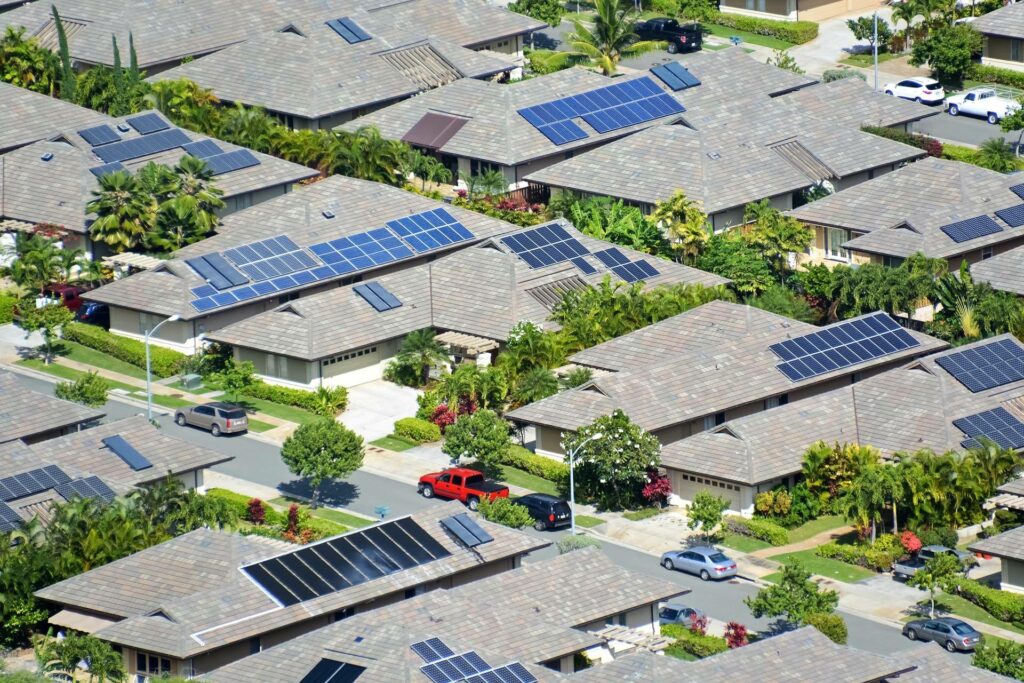We are living in an era of unprecedented challenges that must be faced simultaneously. The energy crisis caused by Russia’s brutal invasion of Ukraine cannot disrupt our efforts to combat climate change. Instead, it should mobilize us to take further action with greater determination.
Moving away from Russian energy commodities is a 4-in-1 opportunity, offering us: energy independence, stronger foundations of long-term economic growth, mitigating climate change and weakening the Russian authoritarian regime. Yet, it must be a collective responsibility. Europe should not bear the cost of combating climate change alone – it is the US, China and India’s responsibility, too. The biggest emitters should spend much more than they planned.
The E7 countries (“Emitting 7” which are the economies that account for the most emissions in the world) account for almost 72% of global GDP and 66% of global emissions. To stay on course for the 1.5 °C target in accordance with the Paris Agreement, the E7 will need to spend USD 67 trillion by 2030, the equivalent of 7.6% of global GDP in 2019 and 10.6% of the E7’s GDP in 2019 per year.
While the EU needs to increase its financial effort in 2020-2030 to USD 7 trillion (4.5% of its 2019 GDP per year), Japan would need to invest 3.1 trillion USD (5.9% of GDP), the US nearly USD 13.5 trillion (6.3%), Brazil USD 1.4 trillion (7.2%), India USD 5.5 trillion (19.1%), China USD 31.6 trillion (22.1%), and Russia USD 4.5 trillion (26.7%).
But failure to reach the target will be even costlier: 11–13.9% of global GDP could be lost per year if the temperature rises by 2–2.6 °C and 18.1% if the temperature rise is 3.2 °C. Even if climate change is limited to the level stipulated in the Paris Agreement, global GDP growth will be 4.2% lower in 2050, compared to a world without climate change.
The economy will also be affected by additional factors, in the form of natural disasters and uncontrolled migration.
In one of the worst-case scenarios, in 2070, as much as 19% of land area may be uninhabitable due to average annual temperatures above 29 °C. According to the Climate Risk Index, in 2000-2019, the region most affected by the weather was South Asia. The current rise in temperatures resulting from climate change could force up to 3.5 billion people to migrate (about 30% of the world’s population, according to the projections for 2070).
Countries will not reach their targets by 2050
The countries are not doing enough. If they follow their current trajectories, none of the E7 economies will achieve net-zero emissions by 2050 or by their official target years.
According to calculations, the E7 economies’ current commitments will not enable any of them to achieve climate neutrality within their chosen time frames. The EU will make the transition in 2056 at the earliest, followed by the US and China in 2060 and 2071, respectively. Japan will have a significant delay of 26 years and achieve neutrality in 2076. India will achieve neutrality in 2085 and Russia a year later.
Moreover, delaying the green transition would also further increase global inequalities. 10% of the population are responsible for nearly 50% of global emissions. To reach their climate targets, the biggest emitters should increase their efforts and the largest economies need to support developing countries.
Climate change tends to have a larger negative impact on developing countries with lower per capita incomes. As a result of their relative wealth, lower growth rates and cooler climate, the EU and the US would face a less severe drop in GDP than Asia.
Therefore, a mechanism encouraging a just transition away from a carbon-based economy, towards one based on sustainable development on a global scale, needs to be established.
The multiplier effects of green investment on GDP are three times higher than for fossil fuel investments, and green land use is as much as twelve times more beneficial for GDP than non-eco-friendly land use.
Climate change, and war in Ukraine, are one of the fundamental issues facing the world today. It is a particular challenge because it requires international cooperation schemes, in addition to domestic efforts. Furthermore, without the necessary solutions and compromises, economies could face economic collapse.
Among the “dirty seven” economies, China is showing considerable interest in developing green technologies and decarbonization. At the same time, only the EU and the US have made precise, long-term plans with anticipated climate investments. However, the planned spending will do little to put the world on the pathway set out in the Paris Agreement. EU funding only covers about 9% of the investment needed in the E7 to limit temperature increases to 1.5 °C.


